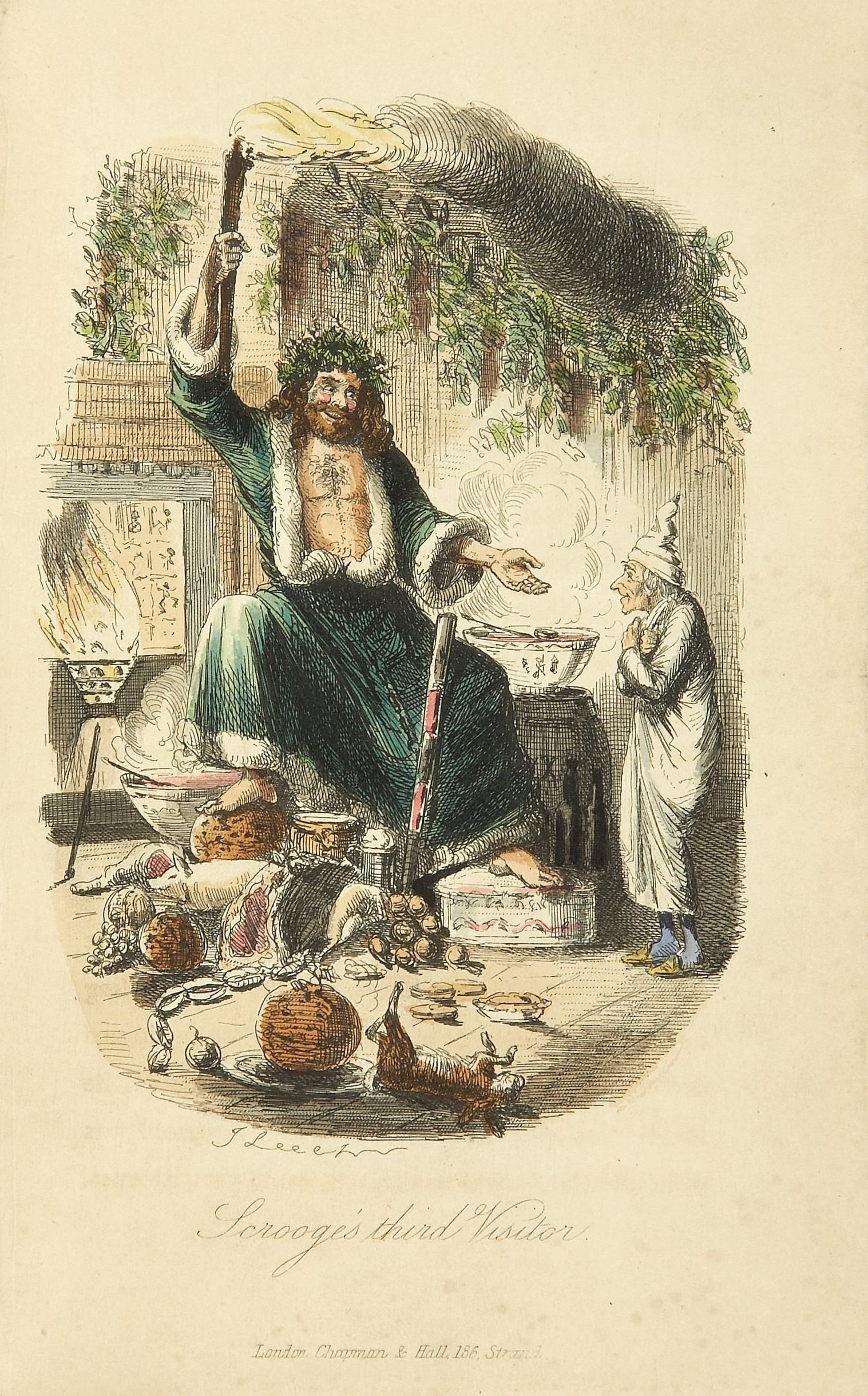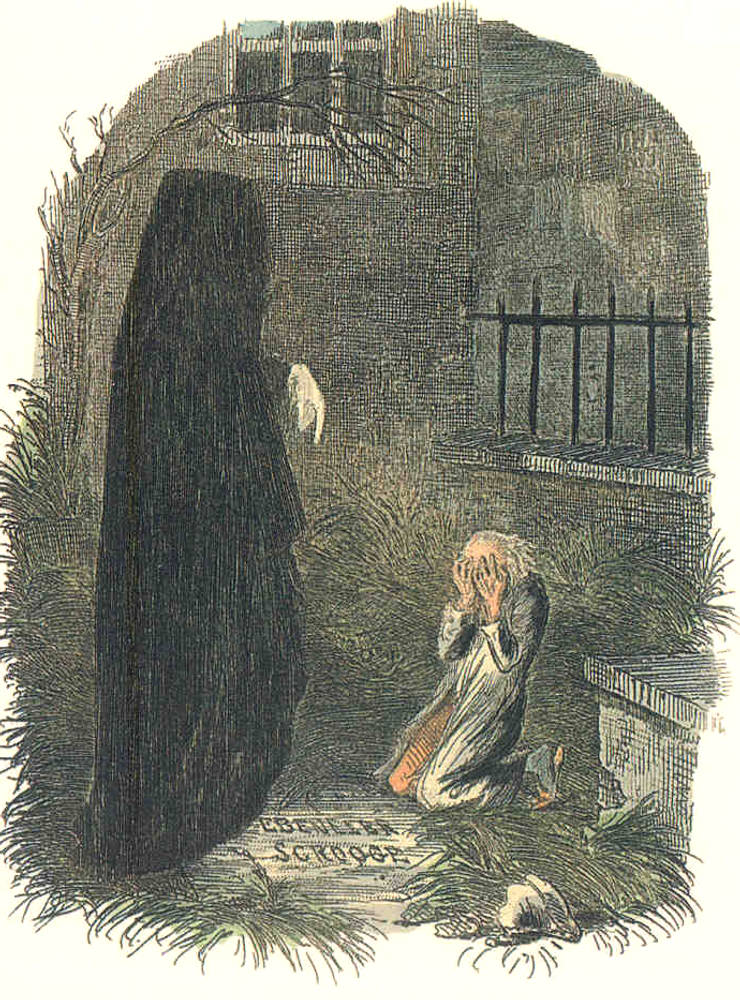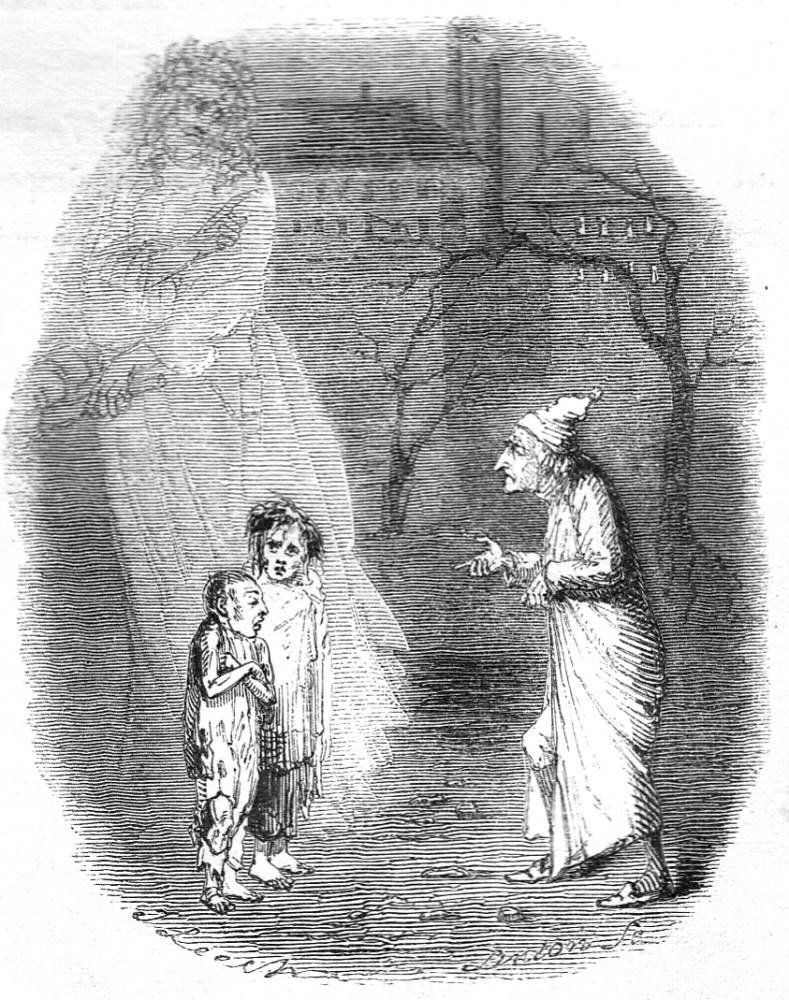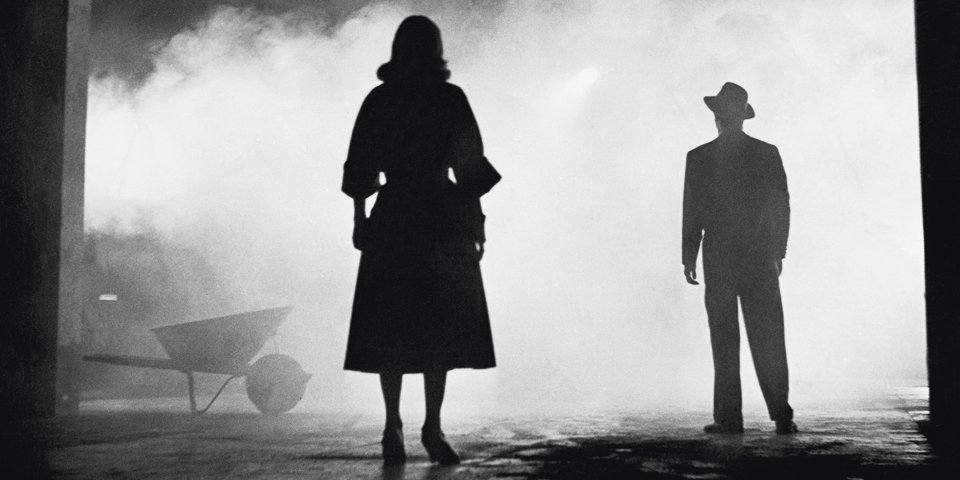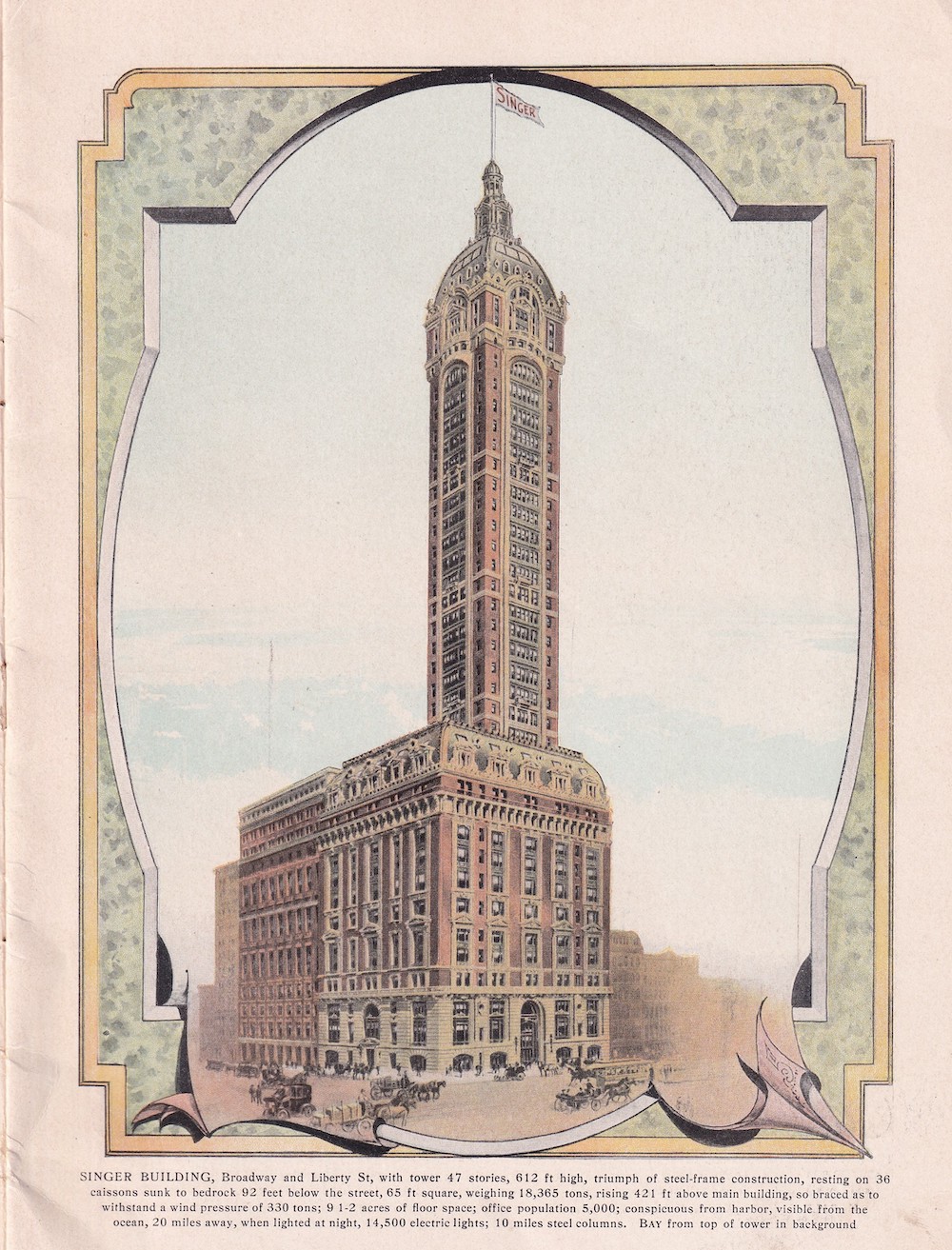This time of year, the internet thrills to the fact that the Japanese eat Kentucky Fried Chicken for Christmas. Those Japanese customers who want a premium KFC dinner with all the trimmings ready by Christmas Eve should reserve it well in advance, much as they do with the elaborately decorated kurisumasu keeki that follows it as dessert. Less well-understood are the origins of this curious modern custom. The Japanese themselves, even those who religiously tuck into a Colonel Sanders-branded Christmas dinner each year, are subject to certain misconceptions. At least in my experience, every Japanese person has expressed surprise when told that KFC at Christmastime is not an American tradition.
KFC’s marketing in Japan has long exploited an association with American heritage, implicitly or indeed explicitly.” Colonel Sanders is discovered as a boy of seven baking rye bread in the roomy kitchen of his ‘old Kentucky home,’ ” writes Japanologist John Nathan in his memoir Living Carelessly in Tokyo and Elsewhere, describing a KFC television commercial of the 1980s.
“ ‘A lifetime later,’ the narrator intoned, ‘this same tradition of excellence was transferred by the Colonel to his fried chicken.’ The preposterous selling point was KFC as traditional, aristocratic food from the American South. I couldn’t imagine a more amusing example of an American advertiser playing to Japan’s national obsession with American values and manners.”
This commercial appears in The Colonel Comes to Japan, a 1981 half-hour documentary Nathan filmed for the WGBH business series Enterprise. So does Loy Weston, the American executive in charge of KFC’s Japanese operations, who insists that the aristocracy angle offers no “consumer benefit.” But when informed by a Japanese executive that the spot tested better than any they’d produced before, he responds simply: “I give up. This is Japan.” Four decades later, Westerners who want to succeed doing business in the Land of the Rising Sun must still share that attitude — especially when presented with strategies they lack the cultural grounding to comprehend.
KFC’s presence in Japan goes back to 1970, when its first store opened for the Osaka World Expo. Its manager Takeshi Okawara was the one to think of promoting the chain’s “party barrels” of chicken as a festive substitute for an American-style turkey dinner. The inspiration, according to the Cheddar Examines video at the top of the post, was being asked by a local school to deliver chicken to its Christmas party dressed as Santa Claus. (His willingness to do so no doubt played a part in his later becoming Japanese KFC’s chief executive.) Within a few years “Kentucky Christmas” had become a household phrase, and one still used in the more recent TV commercials compiled just above.
In Japan, a country where Christians constitute just one or two percent of the population, eating KFC has become one of Christmas’ primary cultural associations. The Christmas song “Sutekina Holiday” by Mariya Takeuchi — now world-famous as the singer of the revived-by-Youtube 1980s dance tune “Plastic Love” — is commonly known as “the Kentucky Christmas song.” With Christmastime business accounting for a startling ten percent of Japanese KFC’s sales in any given year, measures have been taken to ensure that the coronavirus pandemic doesn’t put too much of a dent into it: the introduction of some social distancing, for example, into its notoriously long holiday lines. Kentucky Christmas has proven a success year after year in Japan, but thus far it hasn’t been adopted in other Asian countries. It certainly hasn’t in Korea, where I live — but then again, we’ve got much better fried chicken out here.
Related Content:
In Japanese Schools, Lunch Is As Much About Learning As It’s About Eating
Based in Seoul, Colin Marshall writes and broadcasts on cities and culture. His projects include the book The Stateless City: a Walk through 21st-Century Los Angeles and the video series The City in Cinema. Follow him on Twitter at @colinmarshall or on Facebook.

